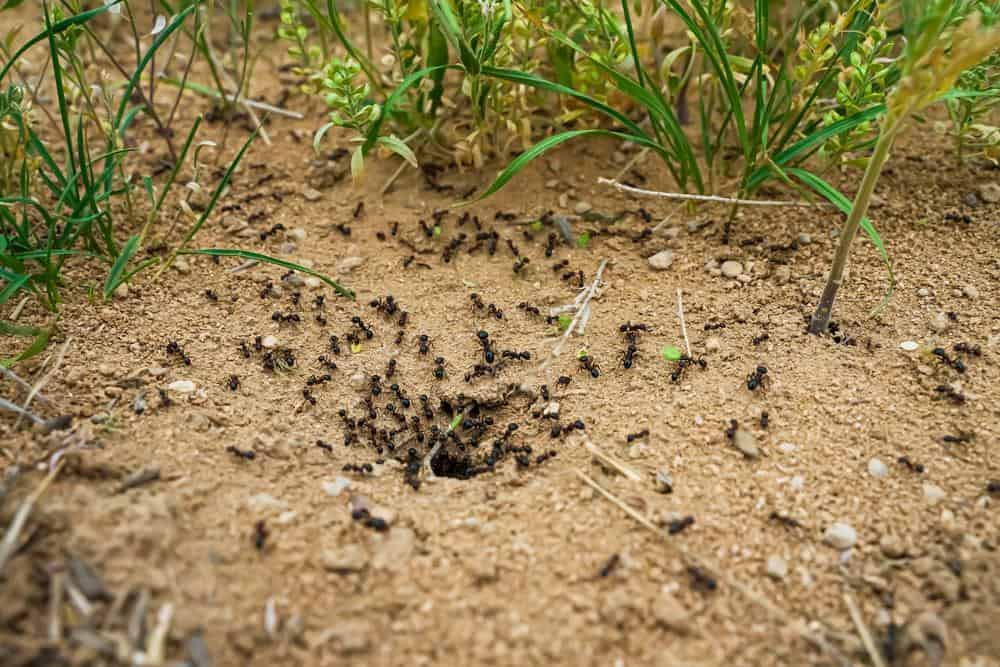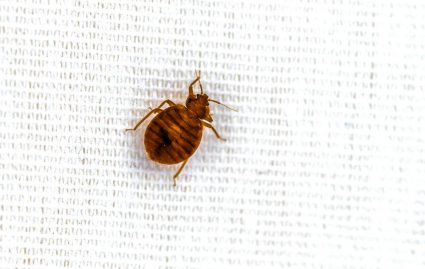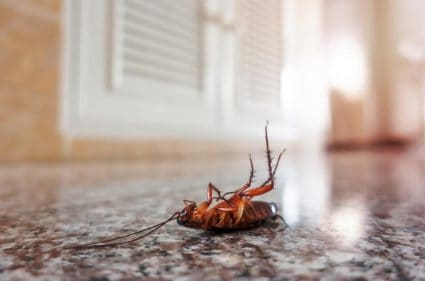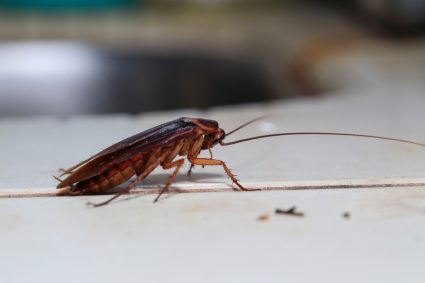
Ants are crafty creatures, and they often find their way into our homes. This article will provide an in-depth understanding of how ants get into your house, which types are more prone to invading homes, and how you can prevent an infestation.
Ants usually enter houses through cracks and seams in walls, poorly sealed doors and windows, foundation gaps, and plumbing or electrical entry points. They are attracted to homes mainly due to the availability of food sources, moisture, and shelter. To prevent an ant infestation, it’s important to eliminate these attractions by maintaining cleanliness, sealing potential entry points, and using natural deterrents.
How Do Ants Enter Houses?
Ants can enter houses through various ways, including:
- Cracks and seams in walls: Most homes have gaps along the seams of walls, windows, doors, and vents that allow air exchange between the inside and outside. These gaps are large enough for ants to find a path into your home.
- Poorly sealed doors and windows: Doors and windows that seal poorly are ideal for ants to gain access to your home.
- Foundation gaps: Ants can nest underground, allowing easy access to the foundations of your home. Small gaps are common in the foundations of both new and older homes, which ants can use to enter.
- Plumbing and electrical entry points: Ants can enter your home through areas where pipes and wires enter the building, as well as through foundation cracks and around doors and windows.
What Attracts Ants Into Homes?
Ants are attracted to homes mainly due to the availability of food sources, moisture, and shelter. Some of the factors that attract ants into homes include:
- Food: Ants are attracted to various types of human food, particularly sweet and sugary substances. Spilled juice, cake crumbs, and other food residues can attract ants into your home.
- Moisture: Excess moisture in areas like bathrooms, basements, or attics can also attract ants. Water leaks and damp environments provide the necessary conditions for ants to thrive.
- Shelter: Ants seek warm, sheltered, and protected spaces to build their nests. Cracks, crevices, and gaps in walls or foundations can provide ideal nesting sites for ants.
- Heat sources: Environmental factors such as heat sources can also attract ants to a home. Ants are drawn to warm and sheltered areas, making homes with heating systems or appliances particularly attractive.
- Landscaping: Overgrown vegetation, trees, and plants near your home can provide easy access for ants to enter your home.
Common Ant Invaders
Some of the most common types of ants that invade homes include Argentine ants, odorous house ants, carpenter ants, pavement ants, fire ants, ghost ants, and pharaoh ants. Each of these species has unique characteristics and behaviors that can influence their likelihood of invading homes.
Preventing Ant Infestations
To prevent ants from entering your home, you can seal cracks and gaps, maintain cleanliness, and use natural deterrents. Here are some tips:
- Eliminate food sources: Keep your kitchen clean and tidy to discourage ants from coming indoors. Wipe down counters and sweep floors regularly to eliminate crumbs and spills.
- Seal entry points: Seal cracks around doors, windows, and any other potential entry points using clear silicone caulk.
- Eliminate moisture: Repair leaky pipes, roofs, and address any clogged gutters to reduce moisture that attracts ants.
- Use natural repellents: Ants can be repelled by various natural substances, such as vinegar, cinnamon, and peppermint oil.
- Keep food in airtight containers: Store food in sealed containers to prevent ants from accessing it.
- Maintain a clean home: Wipe up spills and crumbs immediately, and vacuum, sweep, and mop regularly.
- Use bait traps: Set out ant baits near areas where you see ants to control the infestation.
- Monitor outdoor areas: Keep an eye on your yard and garden for signs of ant nests, and take action to eliminate them if necessary.
Conclusion
Understanding how ants get into your house and what attracts them can help you prevent an infestation. By eliminating food sources, sealing entry points, and maintaining a clean home, you can reduce the chances of ants invading your home. If an infestation occurs, using natural repellents and bait traps can help you get rid of the ants. However, if you’re dealing with a large infestation, it may be best to call a professional pest control service.
Frequently Asked Questions
What are some examples of natural repellents for ants?
Some natural repellents for ants include vinegar, cinnamon, peppermint oil, and citrus peel. These substances can be used to deter ants from entering your home. For example, you can wipe down surfaces with a vinegar solution or sprinkle cinnamon at entry points.
How can I identify an ant infestation?
Ant infestations can be identified by the presence of live ants, especially in large numbers. You may also notice ant trails, which are paths that ants use to travel from their nest to food sources. Additionally, you may find ant nests, which often look like small piles of dirt or sand.
Can professional pest control completely eliminate an ant infestation?
Yes, professional pest control services can effectively eliminate an ant infestation. They use specialized techniques and products that can get rid of ants and prevent them from returning. However, you need to maintain a clean home and seal potential entry points to prevent future infestations.
Are there any health risks associated with ants in the house?
While most ants are harmless, some species can pose health risks. For example, fire ants can deliver painful stings that cause allergic reactions in some people. Also, ants can contaminate food, which can lead to foodborne illnesses.
How can I tell the difference between different types of ants?
Different types of ants can be identified by their size, color, and behavior. For instance, carpenter ants are larger and black, while fire ants are small and red. Carpenter ants are known for damaging wood, while fire ants are known for their painful stings. It may be helpful to use a guide or consult with a pest control professional to identify the type of ants in your home.











